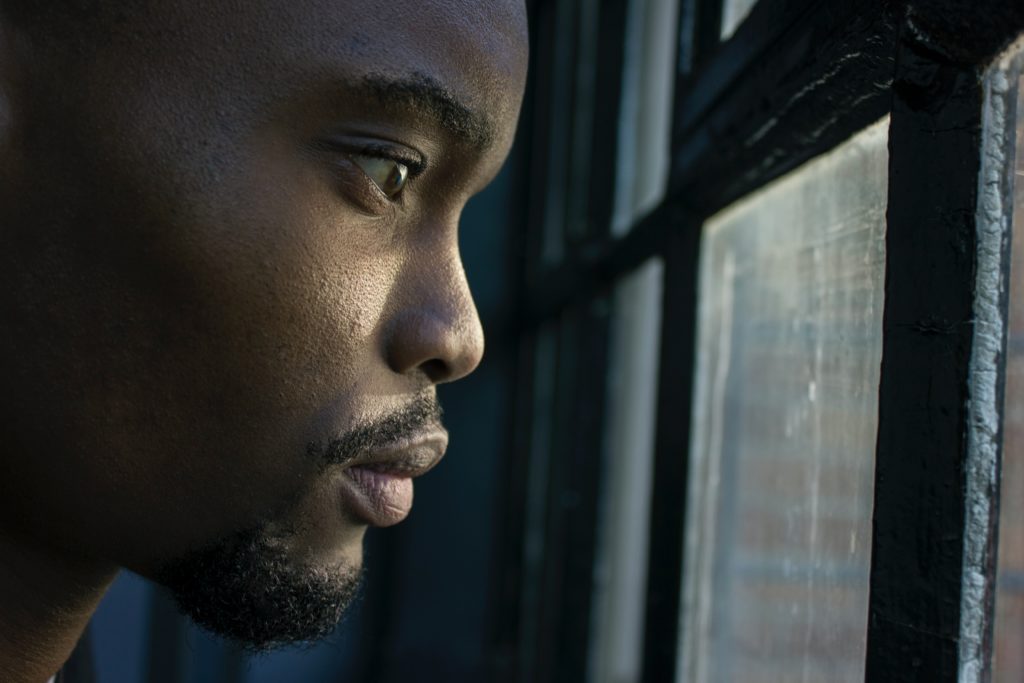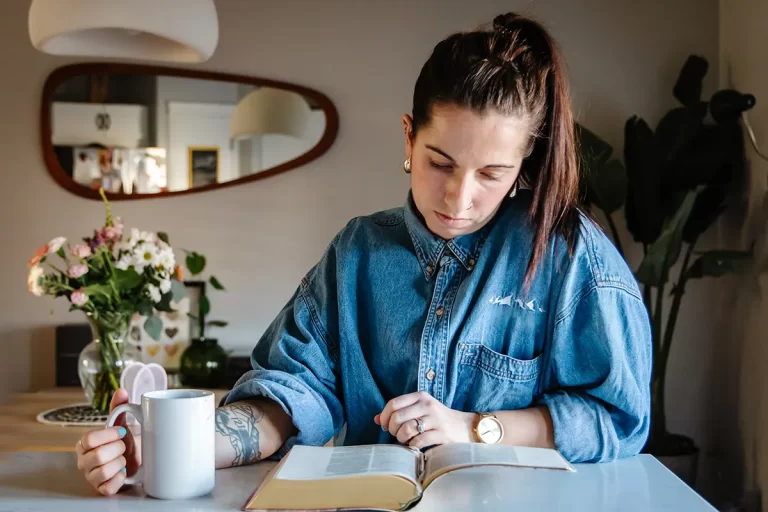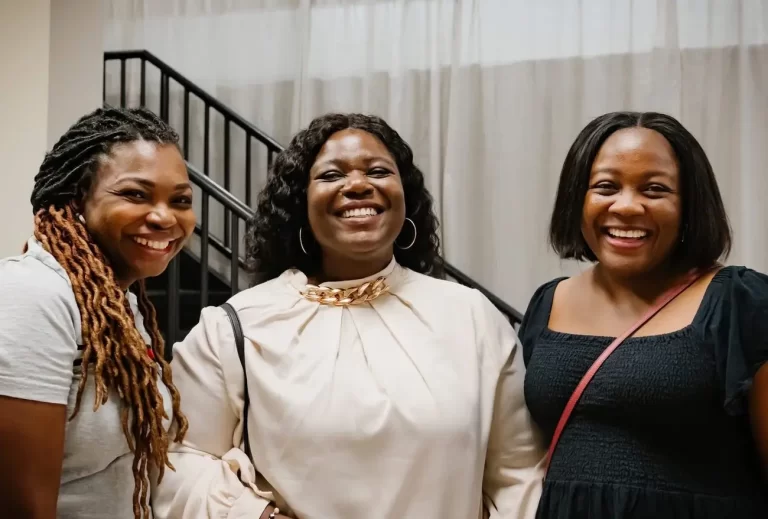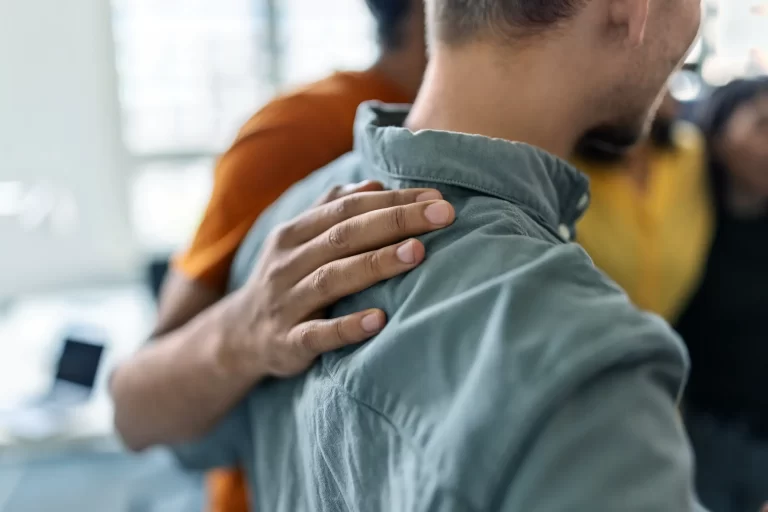
There are many words that can describe these last several weeks. Stressful. Frightening. Disorienting. Surreal. Shocking. Tragic. Uncertain. Overwhelming. COVID-19 jumped into our lives and changed everything almost overnight.
Many events are stressful, but what people are going through with this outbreak is far different than stress. Understanding this difference is important. The virus involves a potential physical threat – threat of illness, threat of harm from the illness, and threat of death. Events that involve potential physical threat produce distinct responses in people.
We might think all the time about what we is happening. We might do everything we can to avoid thinking about it. We might have distressing dreams or an altered sense of time. We might feel disconnected, out of touch with our feelings, or in a daze. We might be irritable, easily angered, hypervigilant, or easily startled. We might have trouble with sleep or other physical symptoms. These things can all happen when people are overwhelmed and struggling to cope with frightening situations.
Events like this health crisis that threaten our physical safety produce fear. It’s okay. We were designed to feel afraid in the face of danger. Fear protects us. The awareness of COVID-19 involves a prolonged state of feeling unsafe, and thus a prolonged state of lasting fear. It’s normal to feel anxious and afraid. This becomes part of how we make wise survival decisions as we go through dangerous situations. But … fear is hard to handle. Fear causes problems, sometimes lasting problems.
Fear Responses

Let’s look at how people respond to situations that are unsafe and frightening. Those of you in mental health fields will recognize that I‘m talking about trauma responses. In this article, let’s refer to them as fear responses. We respond in these ways to create some sense of safety and to feel in control. But we‘re not actually safe, we‘re not in control, and these responses can turn into something pretty unhealthy.
The 4 fear responses are fight, flight, freeze, and fawn – the 4Fs. The table below describes each with examples. Fight and flight seem like opposites, but they‘re actually flip sides to the same coin. One might be loud with overreaction, and the other quieter with underreaction … but both reflect difficulty coping with fear. Christians can easily fall into the fight and flight categories. Freeze looks very functional on the outside, but inside the person is not processing emotions. Fawn is a little different and usually brought out when there is unsafety in relationships.
| What it looks like | Examples during COVID-19 | Applied to Christians | |
| Fight | Blame, anger, criticism, self-righteousness, control, intimidation, overpreparing, aggression, need to prove a point, not seeing other perspectives, need to be right, not taking responsibility | Buying weapons, buying every last roll of toilet paper, fighting over the bottle of hand sanitizer, protesters, building shelters, reading and watching a lot of news, arguing | Aggressive calls to trust God, calls to repent, lots of shoulds and should nots, should just trust, shouldn’t feel afraid, lack of trust equated with lack of faith, God won’t let you get COVID-19 |
| Flight | Pretend all is okay, feel powerless, no energy, shame, quiet, numb, withdrawal, dissociating, not taking responsibility, not seeing other perspectives, minimize, avoid, downplay | Just a flu, only a problem for old people, avoid reading and watching news, try to act like it’s not happening, saying everything is okay, nothing to see here | Calls to trust God and just have faith – but in a way that minimizes, shuts down conversations with calls to trust, doesn’t acknowledge feelings, God won’t let me get COVID-19 |
| Freeze | Just do what has to be done, numb, surreal, quiet, go on autopilot, dissociating, obliged to do things, there for others, out of touch with own feelings, not processing on a personal level
|
Medical staff and leaders of organizations, continue as is, look like everything is okay, understand the reality of the situation but can’t respond personally, personal feelings are shut off, not processing on personal level
|
Going through the motions but feeling disconnected, church going on as usual rather than working to meet people’s needs, sermons that don’t comfort, a message to trust but without recognizing the processing of emotion that is needed |
| Fawn | Often comes out in relationships characterized by control or hierarchy, over-soothe, over-caretake, put other people first, avoid confrontation, maneuver to get needs met and avoid attack, personal identity gets lost, safety comes from keeping relationship safe | Praising other person, not stating own concerns, adopting other person’s beliefs, trying to avoid blow-ups, not rocking the boat, a follower of someone, soothing abusive spouse | Going to church in person because pastor says to, giving stimulus cheques to the church because pastor says, soothing abusive spouses, tolerating mistreatment, echoing God won’t let me get COVID-19 |
It’s important to recognize your fear responses. Watch for swinging between these categories and not feeling settled, stable, or predictable. Watch for being too intense or becoming entrenched in one of the responses. More intense fear responses usually mean that a person is struggling to cope with fear and working too hard to create safety. Others around the person are then affected. There is risk for anxiety, depression, and even a rise in Post-Traumatic Stress Disorder.
Coping with Fear

Coping with fear involves learning to feel fear without mental denial, without fighting it, without being overwhelmed, and without ignoring it. Coping with fear means that we learn to live with it and tolerate it while not letting it dominate everything. Fear becomes a guest that we make adjustments for … not a squatter that we try to push out and not an unwelcome guest that we try to ignore.
As Christians, we often feel guilty when we feel afraid, stressed, or depressed. We tend to equate this with not having enough faith or not trusting God. We think in ‘either/or’ ways about emotions. We think that we can either feel afraid or trust God. ‘Either/or’ thinking opens doors to development of denial, anxiety, and depression. ‘Either/or’ thinking tends to be inauthentic and is disconnected from our true experiences. Learn to think in ‘both/and’ ways. ‘Both/and’ thinking tends to be healthier, more authentic, and usually more accurate. We can both feel afraid and trust God. In fact, it‘s only by acknowledging and processing our fear that we can truly trust.
There are many levels of fear, such as concrete physical fear and deeper existential fear. There are many areas of trust, such as trust for concrete needs to be met and deeper spiritual trust. As Christians, it‘s okay to be afraid for the physical health of ourselves and our loved ones. This is realistic and we were designed to feel fear in the face of danger. We know that Christians starve and die and are harmed in the world. To deny concrete physical fear is not authentic. At the same time, we can have deep spiritual trust in God. We trust that He sees what is happening, knows how we feel, and is with us. We trust that even in sickness and death, we have a heavenly home that we belong to. We know whose we are.
This trust is comforting without denying. This trust becomes one of the ways that we live with fear as a guest while feeling okay anyway. We fear though we trust. We trust though we fear. We fear and we trust. These coexist and one does not negate the other. And in the combination, we find peace that passes human understanding.
Marlis Krueger attends FAC and serves with The Family Psychology Place in Calgary.
Join this weekend’s service as we embark on a journey of Finding Our Way ‘From Fear to Freedom.’



